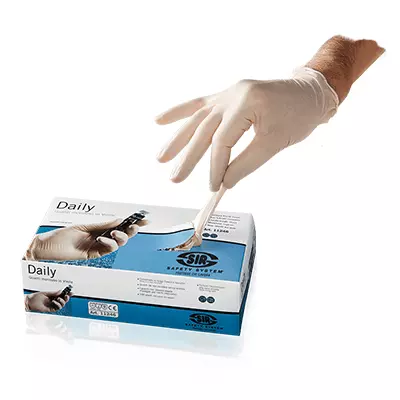Loading Sir Safety System for Germany
Change the country of delivery or ask for an alternative for product code SIR-MA1911 by contacting one of our product experts.

Sir Safety System Daily Glove, White
Sir Safety System Daily Glove, White
4.6 / 5
Change the country of delivery or ask for an alternative for product code SIR-MA1911 by contacting one of our product experts.
Get help from our experts
You can pay with any of the following popular payment methods:
Get in touch with our customer support if you need help
Get help from our experts